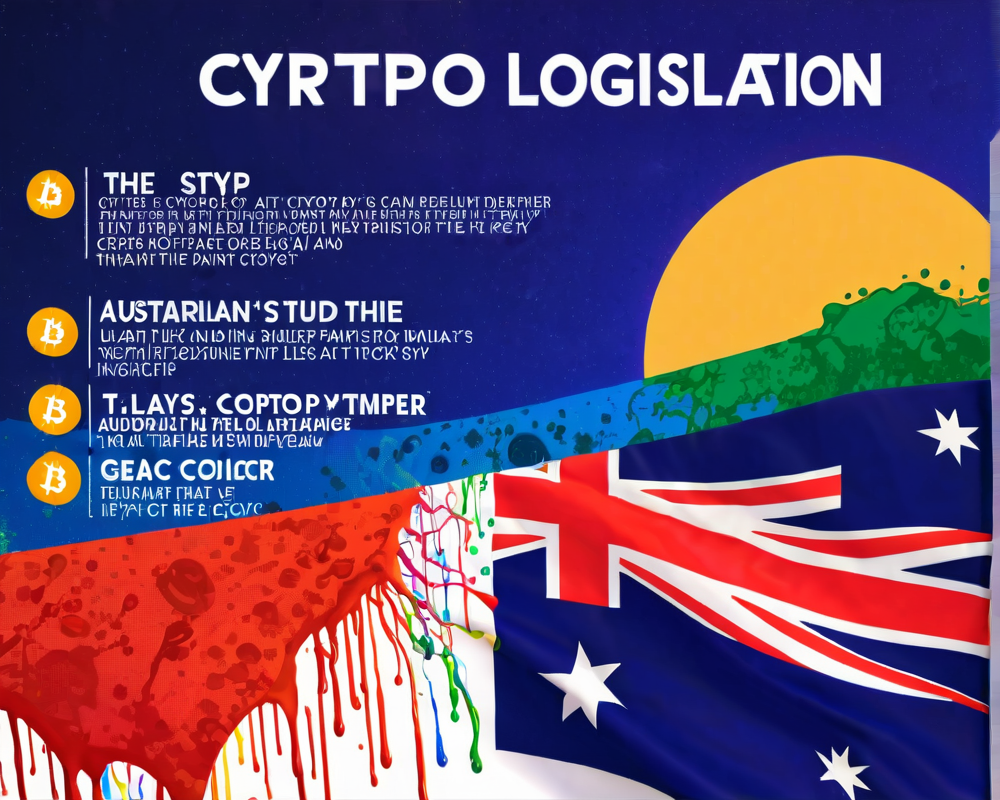The Merge: A New Era for Ethereum
Prepare to say goodbye to the age of high-energy mining as Ethereum readies itself for its blockbuster transition from Proof-of-Work (PoW) to Proof-of-Stake (PoS), affectionately slated for September 15-16. Following the well-publicized integration of the Goerli testnet to the Beacon Chain on August 11, we’re on the brink of witnessing blockchain history in the making. Miners, once the kings of Ether creation, will now yield their crowns to validators, who will stake existing ETH to confirm transactions and earn rewards. Will the Ethereum community survive the drama? You bet your digital socks!
Decoding the Phases of Transition
The groundbreaking transition to PoS won’t happen in a snap; it involves a seamless three-phase long game. It kicked off on December 1, 2020, when the Beacon Chain launched, marking Phase 0. Though it didn’t directly shake up the Ethereum mainnet, it got the validators ready, excited, and most importantly, staked up. Phase 1 is currently gearing up for the big leagues, eliminating PoW miners and paving the way for what’s to come. Last but not least, Phase 2 will be the grand finale, introducing Ethereum WebAssembly (eWASM) and some seriously impressive scalability tweaks. Fasten your seatbelts, folks!
What Lies Ahead for PoW Chains?
As the curtain drops on PoW, questions abound about what will happen to it. Will it be a case of “out with the old and in with the new”, or will we see PoW fighting back with forks? Influential figures are stepping up with opinions. For instance, crypto mining whiz Chandler Guo suggests that if the PoW chain gains traction, exchanges might list it, offering a tempting forked alternative. However, Vitalik Buterin, Ethereum’s co-founder, isn’t having any of it. He’s dubbed forking as ‘fluff,’ aiming to distinguish the righteous path from profit-driven ploys.
Win Some, Lose Some: The Future of Mining Pools
For mining pools, which consolidate computing resources from individual miners, the impact of this transition is surprisingly calm. Unlike individual miners scrambling to dust off their hardware, these pools are smoothly pivoting towards staking operations. Heavyweights like Ethermine and F2Pool are already in on the staking league, adapting to evolving market demands while keeping their clients satisfied (and their wallets fat). Curiously, Ethermine is debuting its staking feature, making the transition a walk in the park.
Ethereum Classic: The PoW Knight in Shining Armor?
With the merge looming closer, several miners are eyeing alternatives like Ethereum Classic (ETC). As some miners stay loyal to PoW, ETC offers a glimmer of hope for those unwilling to say farewell to their beloved mining rigs. Why dive into the uncertainty of a newly forked chain when ETC promises familiarity? In the world of crypto, the grass is always greener when it practically glows with nostalgia.
Final Thoughts on the Merge
As we approach the momentous Ethereum Merge, it’s clear that PoW miners and pools are both stuck in a high-tech tug-of-war between transitioning to staking or clinging to the old ways. With a flourishing staking ecosystem knocking, which direction will they choose? Ultimately, all eyes are on how this dramatic evolution will reshape Ethereum’s landscape and whether forks will put a dent in the community spirit. Oh, what a time to be alive in the world of crypto!




